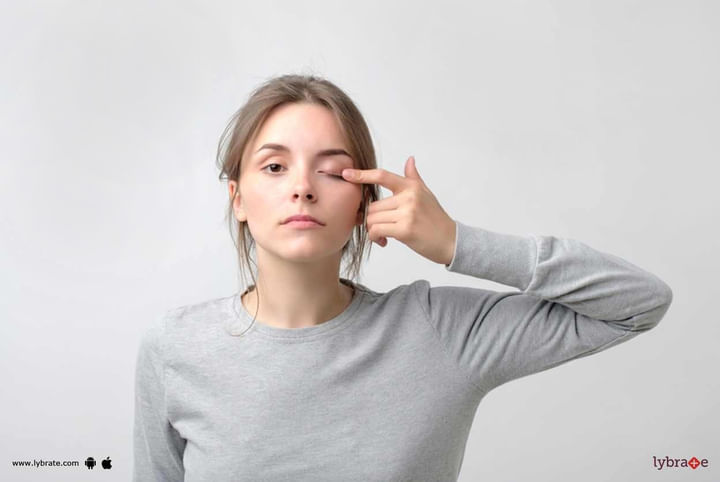Squint Treatment - Know More About It!
A condition in which an individual’s eyes look in different directions is referred to as Strabismus in medical terminology, or ‘Squint’ in general language. A Squint prevents the eyes from focusing on a particular object and it can happen to people of any age group. Generally, this condition is observed in around four to five percent of the total population.
There is a common belief that squint is a cosmetic condition which is factually, scientifically, and medically false. Hence, people do not pay much attention to it which later intensifies the consequences of Squint and makes the treatment lengthy and difficult due to unnecessary delay in the diagnosis. In adults, Squint might manifest into double vision or diplopia (seeing ghost images of the object), which is a kind of disability and immensely affects the daily life of the individual.
Types
Based on the turning of the other eye while looking at a specific direction, the condition can be classified into the following types:
-
When the other eye turns inward, it is called Esotropia.
-
When the other eye turns outward, it is called Exotropia.
-
When the other eye turns upward, it is called Hypertropia.
-
When the other eye turns downward, it is called Hypotropia.
Stereopsis
Many studies and reports have shown that added visual stress affects visual stability in adults. The stress affects the focusing ability of both eyes on a single point, which is also known as the fixation disparity (FD). This condition often results in a decreased ability of stereoacuity; the ability to identify the smallest depth difference between two or more objects.
Moreover, it has been observed that visual stress also hinders the ability of binocular vision acuity (the ability to determine the depth). Apart from this, visual stress also affects the binocular contrast sensitivity function, which determines the contrast between the background and the object.
Treatment
Early diagnosis of the condition makes the treatment easier. There are three major approaches to manage and treat the Squint:
-
Glasses are prescribed along with amblyopia therapy (Lazy eye therapy) for correcting Squint.
-
Squint can be corrected by surgical intervention. Botulinum toxin is often considered for Cosmesis treatment of the Squinty eye.
-
Squint can be corrected by eye exercises for restoring the binocular vision. One may also need to wear eye patches during exercise for correcting the vision of the affected eye.
In younger patients, exercises for the eyes are prescribed to strengthen the muscles.
In adults, surgical treatment for one or both eyes might be prescribed depending upon the severity of the condition. Sometimes, multiple surgeries might be prescribed to achieve the desired cosmetic and functional results.



+1.svg)
